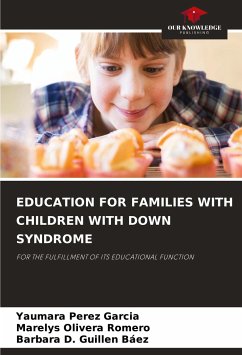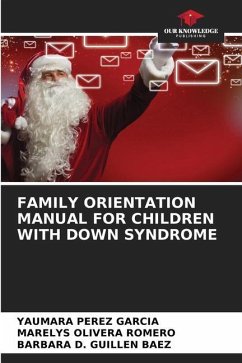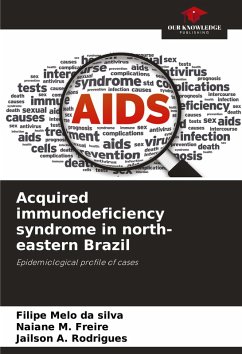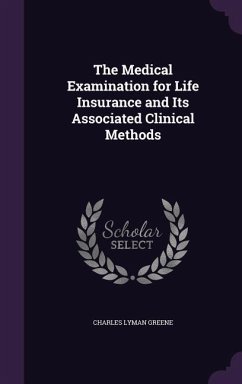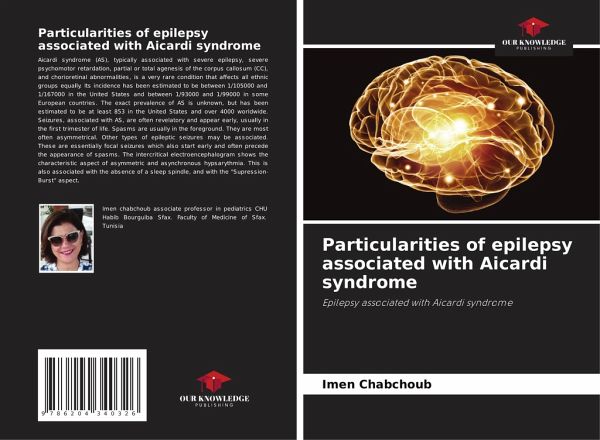
Particularities of epilepsy associated with Aicardi syndrome
Epilepsy associated with Aicardi syndrome
Versandkostenfrei!
Versandfertig in 6-10 Tagen
27,99 €
inkl. MwSt.

PAYBACK Punkte
14 °P sammeln!
Aicardi syndrome (AS), typically associated with severe epilepsy, severe psychomotor retardation, partial or total agenesis of the corpus callosum (CC), and chorioretinal abnormalities, is a very rare condition that affects all ethnic groups equally. Its incidence has been estimated to be between 1/105000 and 1/167000 in the United States and between 1/93000 and 1/99000 in some European countries. The exact prevalence of AS is unknown, but has been estimated to be at least 853 in the United States and over 4000 worldwide. Seizures, associated with AS, are often revelatory and appear early, usu...
Aicardi syndrome (AS), typically associated with severe epilepsy, severe psychomotor retardation, partial or total agenesis of the corpus callosum (CC), and chorioretinal abnormalities, is a very rare condition that affects all ethnic groups equally. Its incidence has been estimated to be between 1/105000 and 1/167000 in the United States and between 1/93000 and 1/99000 in some European countries. The exact prevalence of AS is unknown, but has been estimated to be at least 853 in the United States and over 4000 worldwide. Seizures, associated with AS, are often revelatory and appear early, usually in the first trimester of life. Spasms are usually in the foreground. They are most often asymmetrical. Other types of epileptic seizures may be associated. These are essentially focal seizures which also start early and often precede the appearance of spasms. The intercritical electroencephalogram shows the characteristic aspect of asymmetric and asynchronous hypsarythmia. This is alsoassociated with the absence of a sleep spindle, and with the "Supression-Burst" aspect.



